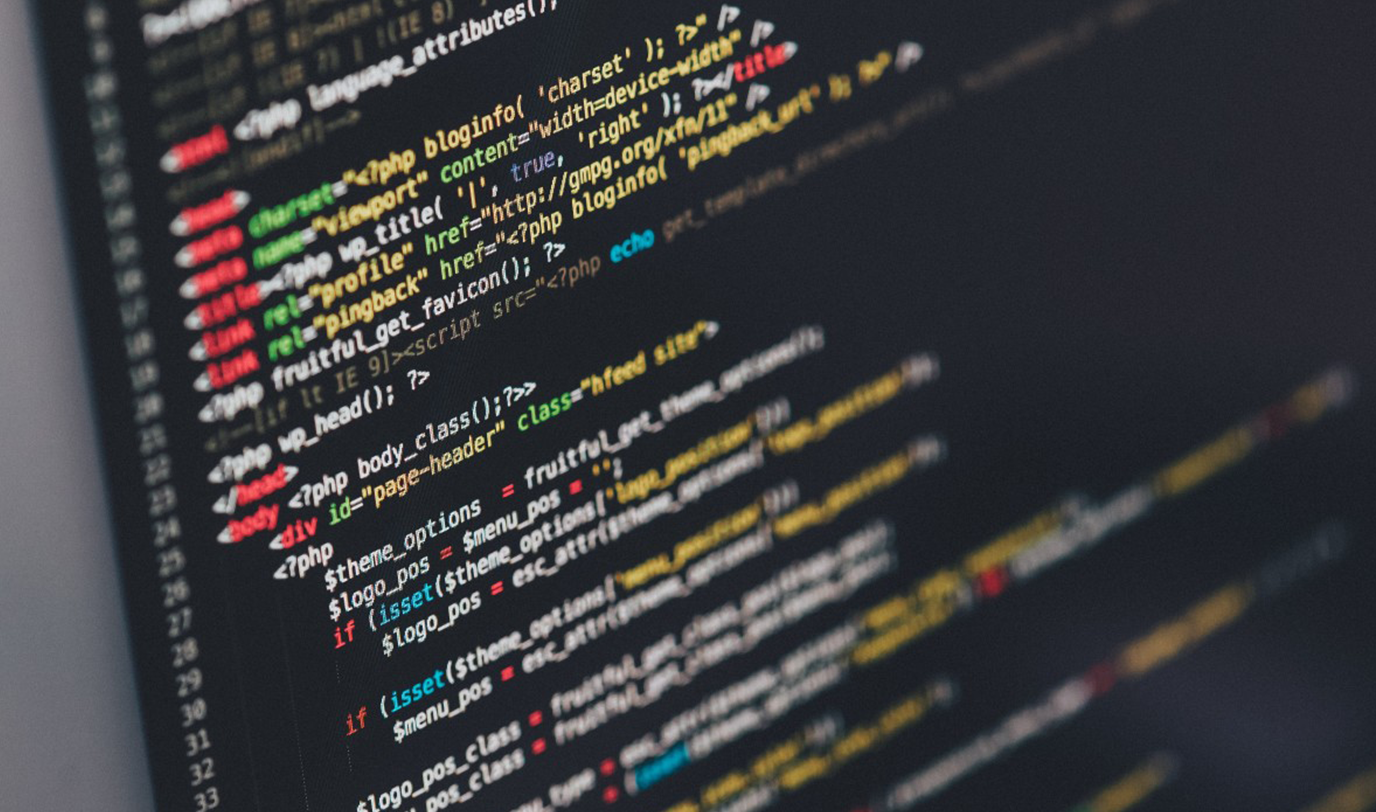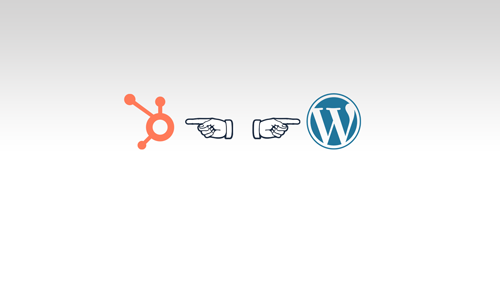Running a personal eCommerce store on HubSpot is not a distant dream anymore. You cannot run an Amazon-like or an eBay-like store, but you can run an eCommerce store on HubSpot if you have limited products.
Hiring a designer, developer, and a marketer to have your eCommerce store up and running seems pretty easy, but the result may not be what you expect. An eCommerce store demands far more organizational skills in the team. It has everything that a normal website doesn’t.
You will read a lot of ‘easily accessible’ in this blog because that’s what user experience in an eCommerce website is all about. If your store is easily accessible and the user has a hassle-free buying experience from your store, that’s a job well done. A lot of work goes into making things easily accessible.
Features for customers in an eCommerce website – the fuel of your eCommerce business
eCommerce store’s loading speed: A single product page has multiple images, videos, product descriptions, rating sections, reviews. The images even expand to the full size for the customers to see the product clearly. If the product page or any page doesn’t load quickly, the user might leave the website. Most of the website pages on desktop load in 3.21 seconds. Even a second above that and your potential customers might leave your website for your competitors. So, a lot of consistent work is required to increase the page speed because the review and ratings are added on the page by the customers on a regular basis. The users might even upload their product photos with the review.
Navigation: There’s navigation between the product pages, between the category pages, between the offer pages, between the most viewed products, and recently searched, checkout, and the product page. Not just one but there are many networks of navigation all for providing great user experience.
Review and Ratings: It’s a basic habit and suggestion of seeing the reviews and ratings of a product before buying it. It has a dedicated page where the user can read reviews and even filter them based on the most recent, highest, lowest, and longest.
Checkout: Safe, secure, and glitch-free checkout features have seen more conversions. That’s the last step users go through to make a purchase. Badly coded and unsecured gateways have made people leave the cart abandoned.
Some of the optional features include multi-currency, multi-language.
Features in an eCommerce Website for you - the Owner or the Admin or the Seller
As most of the small eCommerce store owners manage their stores themselves so they play the role of the admin as well. Administrators have a separate panel or a dashboard to control their store’s activity. Like a dashboard of the car, the driver wants everything within the reach of the hands.
A dedicated admin dashboard has the options to manage inventory, order information, shipping updates about location and time, return orders, abandoned cart, total sales, per day sales, top buyers, offers, matrix and analytics for the shop’s performance, out of stock notification among other things. There’s everything an eCommerce store owner would want to see when he/she opens the dashboard. And, every important section has to be easily accessible.
All of these are now available through Shopify’s buy button and Snipcart’s buy button
Shopify Buy Button
Pricing 1: $9/month + 2.9% + 30 cents per transaction in case you are using Shopify payments.
Pricing 2: $9/month + 2% per transaction if you are using a third-party payment gateway. The transaction percentage share is reduced with higher paid plans.
Key features
1) Embed shopping cart, products, or collections to your HubSpot website or any website.
2) You can add custom styling to the layout of the button. You can choose from the basic, classic, and full view
- Basic: Just allows a button
- Classic: Product image, name, and the button
- Full view: Product description, product image, product name, and the button
3) Two types of buttons are available.
- The first type allows you to showcase one product on one page.
- The second one allows you to showcase an entire collection on one page.
4) You can even choose the functions of the button
- Add to Cart function: Allows the user to choose the number of products to add in the cart.
- Direct to Checkout: Takes the user to the checkout page
- Open product detail page: It takes the user to the product page.
5) You can even change the background color, button text, button text color, button corners, button width and size, typography. These options are good for A/B testing the performance of the button.
Our detailed piece on Using Shopify and HubSpot for eCommerce
Snipcart
Standard Pricing: 2% + 30 cents per transaction (with the minimum threshold of $10/month)
Custom pricing: Contact Snipcart for customer pricing plans
Key Features
1) Sell physical goods, digital goods, recurring, and subscriptions through Snipcart buy button.
2) A dedicated merchant dashboard with options such as inventory management, abandoned carts, customization options, invoicing, discounts, multi-currency, tax management, and sales analytics among other things.
3) Easily customize the size, color, icon, button logos, as the cart has simple HTML and CSS markup.
4) Customize your shopping cart behavior using Snipcart’s Javascript APIs.
HubSpot CMS Hub Professional
Since we are building the eCommerce store on HubSpot the platform costs are there. If you are new to the HubSpot CMS Hub, check out this detailed HubSpot CMS Hub review.
HubSpot CMS Hub Pricing (if you choose a monthly subscription): $300 per month (charged per month)
HubSpot CMS Hub Pricing (if you choose yearly subscription): $240 per month (charged yearly $2880)
HubSpot CMS Hub Enterprise
Pricing (if you choose yearly subscription): $900 per month (charged yearly $10,800)
The developer cost of building an eCommerce website would be nominal as Snipcart or Shopify Buy Buttons handle the core eCommerce functionalities.
Combine this with HubSpot Marketing and Sales Hub, you get an all-in-one solution to manage and promote your eCommerce store.
HubSpot Marketing Hub for starters: $40 per month ($480 charged yearly)
HubSpot Sales Hub for starters: $40 per month ($480 charged yearly)
So, let’s breakdown the minimum yearly cost to run eCommerce Store on HubSpot,
This is a low to high cost order
HubSpot CMS Hub + Snipcart + Dev Cost = $2880 + (2% + 30 cents per transaction) + Dev Cost
HubSpot CMS Hub + Shopify + Dev Cost = $2880 + ($9/month + 2% per transaction if you are using a third party payment gateway) + Dev Cost
HubSpot CMS Hub + Snipcart + Marketing Hub + Sales Hub + Dev Cost = $2880 + (2% + 30 cents per transaction) + $480 + $480 + Dev Cost
HubSpot CMS Hub + Shopify + Marketing Hub + Sales Hub + Dev Cost = $2880 + ($9/month + 2% per transaction if you are using a third party payment gateway) + $480 + $480 + Dev Cost
The Deal Breaker: The deal breaker here is the Shopify’s $9 monthly fee, but then you have to use a third party payment gateway. If you want to stick with Shopify’s payment gateway then the 2% per transaction fee is increased to 2.9% + 30 cents. So that’s $108 and .9% more than the Snipcart’s deal on yearly basis.




